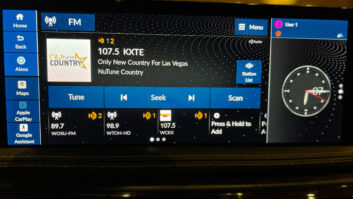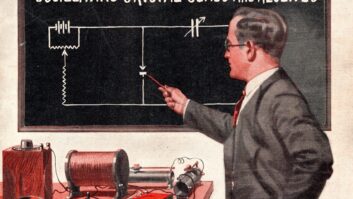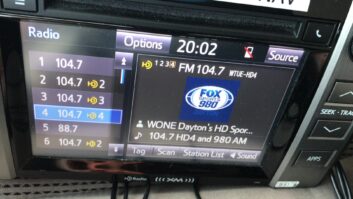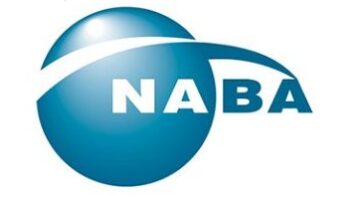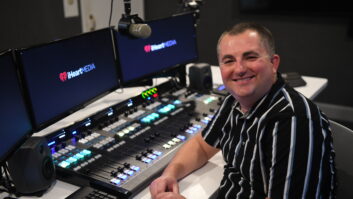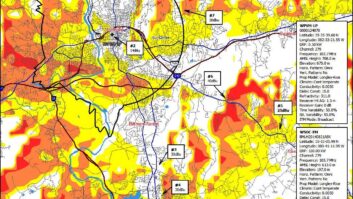IBOC implementation
Jan 1, 2002 12:00 PM, By Jeff Detweiler
As the sole developer of IBOC technology, Ibiquity Digital fields a lot of questions from broadcasters about the technical requirements to convert AM and FM stations to digital broadcasting. The single largest factor in the cost of such conversion, the transmitter, is the subject of the majority of inquiries. IBOC conversion, especially on FM stations, offers several upgrade options. Ibiquity’s experience with field testing on several dozen stations indicates that many stations will be on the lower end of the projected cost range of $30,000 to $200,000 for IBOC conversion.
FM stations considering IBOC conversion have three basic transmission options, each requiring an IBOC exciter: high-level combining, low-level combining or separate antennas.
High-level combining, the option used most frequently in Ibiquity’s field testing, combines the station’s existing transmitter with a new, but lower-power, digital transmitter to create the hybrid IBOC waveform (with analog and digital components). This approach requires a power overhead of about 0.5dB in the existing analog transmitter to account for combiner loss. It also requires a linearized transmitter with an IBOC power output of 10dB below the analog transmitter’s TPO to generate the digital signal. High-level combining is possible using any existing transmitter with the necessary headroom.
Ibiquity also used low-level combining successfully in the field. With this method, the hybrid signal is formed before amplification and passed through a linearized transmitter. FM stations with a modern, solid-state transmitter and about 20% power overhead are candidates for low-level combining with modifications to the amplifier modules. Low-level combining using an existing transmitter is the least expensive option to convert an FM station to IBOC.
Separate antennas for the analog and digital signals may provide another method for conversion. A separate antenna approach uses separate transmitters feeding separate transmission lines and antennas. No overhead is required in the existing analog transmitter, and the linearized transmitter needs a power rating of 20dB below the analog transmitter’s TPO. While Ibiquity has not tested this method, several manufacturers are taking steps to field test this approach.
Necessary changes
Every FM field test conducted by Ibiquity on an FM station used the station’s existing transmitter for the analog transmission. For most of Ibiquity’s test stations, high-level combining was used. In these cases, a linearized IBOC transmitter was obtained from one of Ibiquity’s manufacturing partners and installed at the site. An Ibiquity IBOC test exciter was used to generate the digital component of the IBOC waveform and in turn fed the linearized IBOC digital transmitter. The output from the existing analog transmitter was then combined with the output of the digital transmitter using a custom injector/combiner supplied by another manufacturer. One station in the test group is using a single linearized transmitter for analog and digital combined at a low level.
Stations with analog STLs were upgraded to either a digital RF path or T1-based Telco channelbank. While not required for the conversion to IBOC, changing the STL allowed for a better evaluation of the audio performance without STL-induced limitations.
AM stations considering IBOC conversion have fewer options because combining the analog and digital components of the AM IBOC waveform is not an option. However, AM stations that possess modern, solid-state transmitters will only require an IBOC exciter and minor modifications to their existing transmitter. Converting these stations may actually cost less than their FM counterparts.
In most cases, Ibiquity targeted AM stations with existing IBOC-compatible transmitters for field-testing. In general, the hardware installations at the AM stations were easier than at the FM stations. Most of the AM test stations had antenna systems capable of supporting IBOC bandwidth requirements. Generally, if an antenna will support C-QUAMAM Stereo, it will support an IBOC transmission.
The test stations that were operating in delay for live talk or listener call-in segments were already set up to deal with IBOC’s audio delay. However, the stations that needed to interact with live traffic reports or remote broadcasts had to establish a return audio path via an IFB. Many of the FM stations were able to use their SCA channel for this function. All the AM stations, and the FM stations with occupied SCA spectrum, were able to use bi-directional ISDN phone circuits to handle the IFB.
Ibiquity’s experiences in field-testing underscores the relative ease with which AM and FM broadcasters can transition to digital. Replacing a station’s main analog transmitter will be unnecessary in the majority of IBOC station conversions � especially stations likely to convert in the early years. By modifying the existing transmitter or adding a smaller digital transmitter, most stations will be able to transition to IBOC affordably and with relative ease.
Detweiler is technology manager of Ibiquity Digital.
